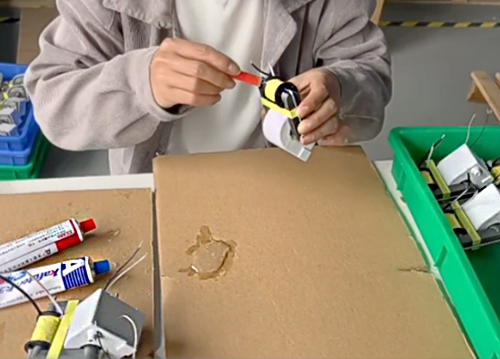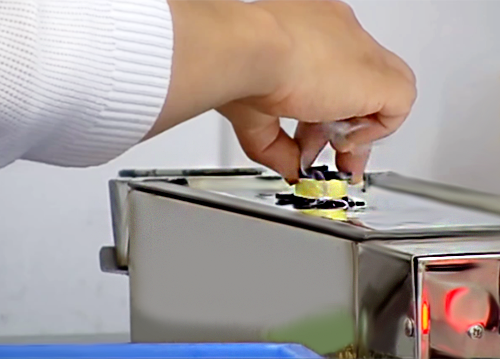Basically, there are two problems. The first is the load problem. When the high-frequency transformer is unloaded or lightly loaded, the switch tube may also have intermittent full cutoff cycles, and oscillation may occur at certain working points, causing the transformer to squeak and unstable output.
In addition, the high-frequency transformer will also make noise when working in a severe overload state. In this case, the transformer is always overheated and may burn out at any time.
On the other hand, there are high-frequency transformer process problems. It is likely that the galvanizing and drying are not in place, resulting in the iron core being not firm, causing mechanical vibration and making noise. It may also be that the length of the air gap is not suitable, causing the transformer core to be easily saturated.
When the high-frequency transformer core is saturated, the current in the coil increases, the transformer heats up and produces self-excited oscillation, and the surrounding air vibrates and makes noise. The sound may also be caused by the coil not being wound evenly. There are other relatively rare reasons, such as improper circuit board wiring, problems with circuit settings, or problems with component quality. These will cause interference, trigger oscillation, and cause the transformer to make noise.
We have introduced why high-frequency transformers whistle, so how to solve this problem?

The simplest way is to check each place one by one to determine whether there is any damage or fault, and then check the insulation paint, core air gap and the ratio of the primary and secondary coils of the transformer. Generally, the reason is that the tinning and drying are not in place, and the core is not fixed tightly. If the squeaking sound is not loud, it can be left untreated. If it is loud, it means that the core is very loose and will cause heating. You can press the core tightly and drip 502 permeation glue, so that the core can be quickly fixed. You can also solve the problem by re-immersing it in varnish.
If it is judged to be a problem with the core air gap, you need to recalculate the size of the air gap to ensure that the air gap is not too large or too small, so as to replace the abnormal core. If it is judged to be a problem with the winding, then remove the enameled wire and rewind it. The wound enameled wire should be as uniform as possible to ensure the minimum leakage inductance.
If the problem still cannot be solved, it is recommended to contact the high-frequency transformer manufacturer to return it to the factory for re-manufacturing.
After producing the transformer, we Xuan Ge Electronics will undergo layer-by-layer testing to ensure that the transformer can operate normally.
So what tests do high-frequency transformers need to undergo after they are produced to ensure their quality?
If you are interested, you can check out another article
https://www.xgelectronics.com/high-frequency-transformer-testing-process/
We are a transformer manufacturer. Welcome to browse our product list.
We hope we can become partners. Wish you all the best, prosperous business and good fortune.
Post time: Jun-21-2024

